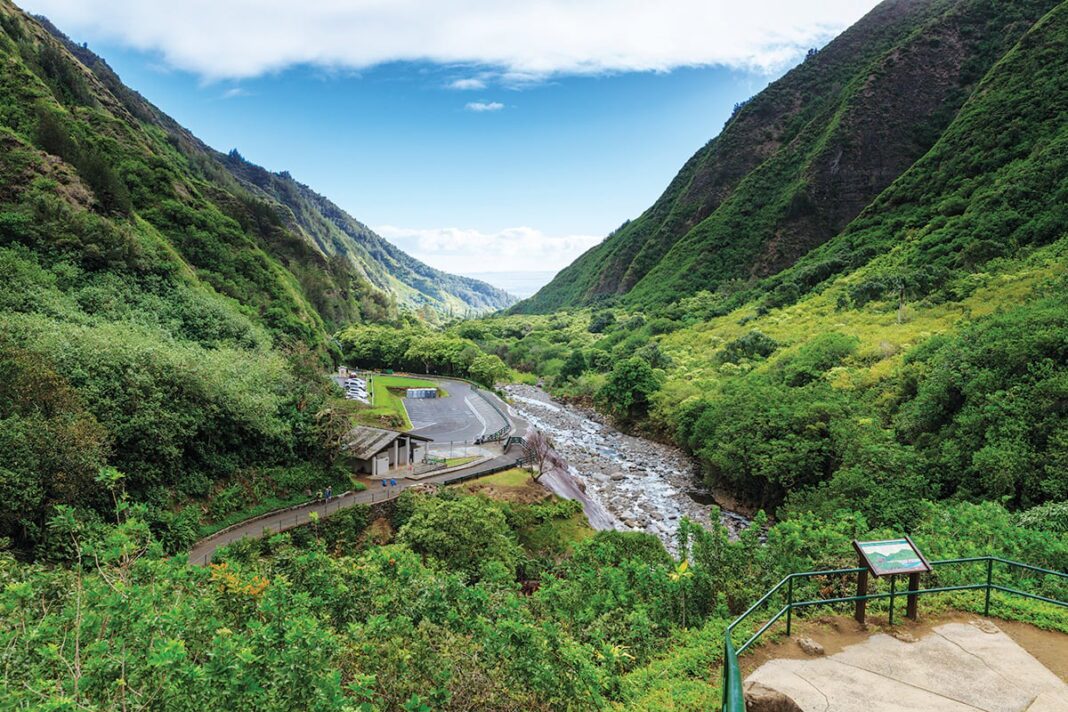Pakistan has taken a major step toward bridging the digital divide by approving a Rs7.49 billion investment to extend 4G broadband and fibre connectivity to remote districts across the country. The Universal Service Fund (USF) Board, under IT Secretary Zarar Khan’s leadership, recently signed off on seven ambitious projects, including five broadband deployments and two fibre-optic initiatives, spanning 940 km to connect 347 villages and 113 towns and union councils across 12 districts. This strategic expansion is expected to directly benefit approximately 2.8 million residents through fibre, while almost a million more will gain access to high-speed 4G services.
Supported by Federal IT Minister Shaza Fatima, this initiative is already poised to reshape the country’s digital landscape. CEO Mudassar Naveed highlighted that Rs3.27 billion will be spent on 415 km of fibre in Sanghar and another Rs2.38 billion on 525 km near Jhang. Districts like Attock, Khushab, Sargodha, Bahawalpur, Faisalabad, Hafizabad, Sheikhupura, Chiniot, Badin, and Abbottabad are set to experience connectivity transformations. Already, the USF has enabled broadband access for over 37 million Pakistanis — and this expansion promises to deepen that reach further.
This isn’t the first time telecom operators have brought 4G into remote parts of Pakistan. Telenor’s 2019 launch of satellite-powered 4G in Gilgit Baltistan and Skardu showed how technology can overcome geographic barriers. Zong has also partnered with USF to deliver high-speed mobile broadband to hundreds of far-flung villages in Balochistan and Sindh. These initiatives built vital corridors of connectivity and served as early models demonstrating the transformative power of digital inclusion.
But why does this matter in 2025? In Pakistan, reliable internet access fosters economic opportunity, especially in smaller towns. Freelancers, students, and entrepreneurs in Northern areas like Gilgit and Hunza frequently highlight that access to high-speed, reliable internet directly impacts their ability to work, learn, and grow. One Reddit user noted, “As an IT professional based in the northern areas, it brings me immense joy… freelancers and professionals have all the necessary resources, particularly 24‑hour electricity and high-speed internet”. Another echoed similar concerns: “Where fibre is available, one has to jump through hoops to get it installed … Scom fibre service is quite good”.
Current efforts aim to replicate and scale that impact. With the rising digital economy, 4G services now reach 81% of Pakistan’s population, yet the remaining 19%—often in rural and tribal regions—still lack reliable access. This latest push shows concrete progress toward full digital inclusion and the “Digital Pakistan” vision.
Still, building infrastructure in remote areas isn’t easy. Rugged terrain, high costs, and power shortages remain challenges. The USF is addressing these with innovations like solar-powered towers (as used in Tharparkar) and fiber deployment through public-private partnerships. Collaboration with telecom operators like Jazz, Ufone, Zong, and Telenor continues to be key.
The impact on everyday Pakistanis will be significant. Students will gain access to online education and digital libraries; farmers can use market apps, and local businesses can tap into e-commerce platforms. Freelancers and remote workers won’t have to migrate to big cities. The ripple effects of connectivity promise new jobs, better healthcare delivery, and more engaged citizens in places previously disconnected from the digital world.
Pakistan’s next step could be transitioning to 5G-enabled digital services. With robust 4G infrastructure in place, high-speed wireless networks could support smart agriculture, telemedicine, and virtual classrooms. Combined with efforts from the Special Communications Organization (SCO) in Azad Kashmir and Gilgit-Baltistan, a future-ready network ecosystem is within reach.
Ultimately, this bold push—driven by federal leadership and coordinated telecom partnerships—is about far more than phones and internet speeds. It’s about empowering citizens in every corner of Pakistan to dream bigger and connect more deeply. As digital inclusion grows, so do chances for economic growth, social equity, and a future where geography no longer determines your opportunity.
YOU CAN ALSO READ: Top AI Tools for Small Businesses in 2025



